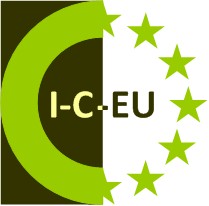 I-C-EU was be a project that clarified the relationship between transport infrastructure investment and its wider economic impacts, namely competitiveness and economic growth in particular. This clarification was made possible by exploring the state-of-the-art of the theoretical methodology of the assessment tools, analysing current situation of European economic and competitiveness as well as its present and future challenges and taking into account current European strategy being set to improve its economic performance and competitiveness. Using this triad of concept allowed I-C-EU to provide recommendations to the European Commission on making political intervention in order to enhance competitiveness of Europe externally, i.e. in relation to the rest of the world and internally, i.e. between its countries and regions.
I-C-EU was be a project that clarified the relationship between transport infrastructure investment and its wider economic impacts, namely competitiveness and economic growth in particular. This clarification was made possible by exploring the state-of-the-art of the theoretical methodology of the assessment tools, analysing current situation of European economic and competitiveness as well as its present and future challenges and taking into account current European strategy being set to improve its economic performance and competitiveness. Using this triad of concept allowed I-C-EU to provide recommendations to the European Commission on making political intervention in order to enhance competitiveness of Europe externally, i.e. in relation to the rest of the world and internally, i.e. between its countries and regions.
Departing from this concept, the I-C-EU Project had four distinct, measurable, and verifiable main objectives:
- to understand the relationship between transport infrastructure, competitiveness and growth. This referrred to a broad field of study, with links to project evaluation, Cost Benefit Analysis (CBA) methodology, growth and productivity accounting, regional and transport economics as well as logistics and planning,
- to contribute on developing a methodology to quantify the impacts of the different investments on transport infrastructure on competitiveness and economic growth,
- to include these impacts in the assessment methodologies,
- and to build some recommendations on assessing EU policy in respect of competitiveness and regional growth.
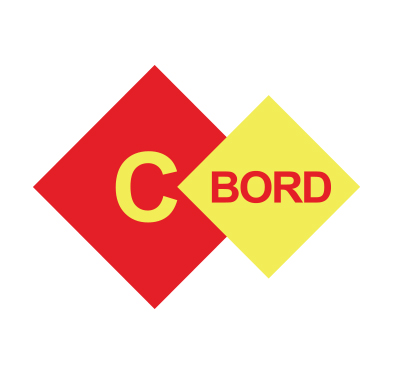
 Fraunhofer Center for Maritime Logistics and Services
Fraunhofer Center for Maritime Logistics and Services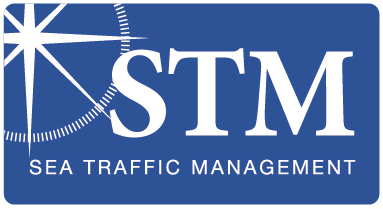
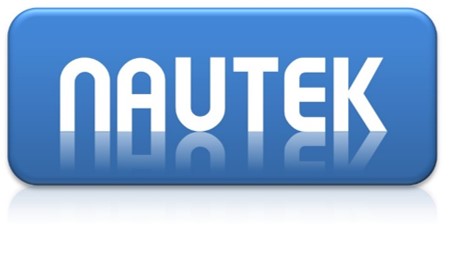
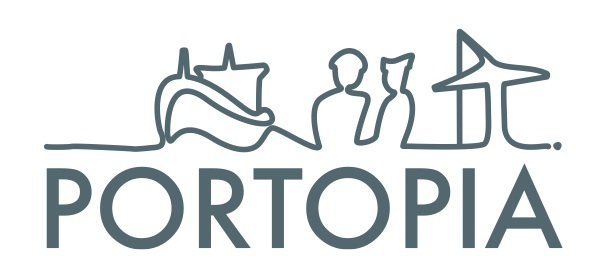

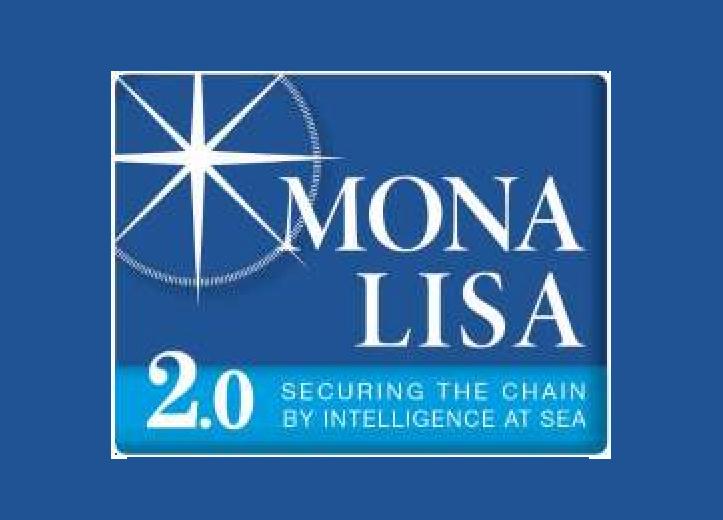

 I-C-EU was be a project that clarified the relationship between transport infrastructure investment and its wider economic impacts, namely competitiveness and economic growth in particular. This clarification was made possible by exploring the state-of-the-art of the theoretical methodology of the assessment tools, analysing current situation of European economic and competitiveness as well as its present and future challenges and taking into account current European strategy being set to improve its economic performance and competitiveness. Using this triad of concept allowed I-C-EU to provide recommendations to the European Commission on making political intervention in order to enhance competitiveness of Europe externally, i.e. in relation to the rest of the world and internally, i.e. between its countries and regions.
I-C-EU was be a project that clarified the relationship between transport infrastructure investment and its wider economic impacts, namely competitiveness and economic growth in particular. This clarification was made possible by exploring the state-of-the-art of the theoretical methodology of the assessment tools, analysing current situation of European economic and competitiveness as well as its present and future challenges and taking into account current European strategy being set to improve its economic performance and competitiveness. Using this triad of concept allowed I-C-EU to provide recommendations to the European Commission on making political intervention in order to enhance competitiveness of Europe externally, i.e. in relation to the rest of the world and internally, i.e. between its countries and regions. The Green EFFORTS, "Green and Effective Operations at Terminals and in Ports", was a collaborative research project, co-funded by the European Commissions under the Seventh Framework Programme, aiming at the reduction of energy consumption and improving a clear energy mix in the seaports and at terminals.
The Green EFFORTS, "Green and Effective Operations at Terminals and in Ports", was a collaborative research project, co-funded by the European Commissions under the Seventh Framework Programme, aiming at the reduction of energy consumption and improving a clear energy mix in the seaports and at terminals.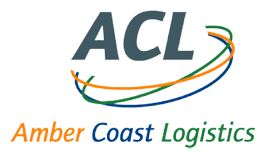 AMBER COAST LOGISTICS (ACL) was a collaborative logistics project that supported the coordinated development of multimodal Logistics Centres and thus fostered the connection of remote areas in the southern and eastern Baltic Sea Region. The project’s objective was to thereby improve cargo flows and accessibility both on sea and landside and strengthen economic ties between emerging eastern European countries like Belarus, Russian Federation and Ukraine and EU member states within the Baltic Sea Region (BSR), in order to facilitate sustainable mutual development.
AMBER COAST LOGISTICS (ACL) was a collaborative logistics project that supported the coordinated development of multimodal Logistics Centres and thus fostered the connection of remote areas in the southern and eastern Baltic Sea Region. The project’s objective was to thereby improve cargo flows and accessibility both on sea and landside and strengthen economic ties between emerging eastern European countries like Belarus, Russian Federation and Ukraine and EU member states within the Baltic Sea Region (BSR), in order to facilitate sustainable mutual development.